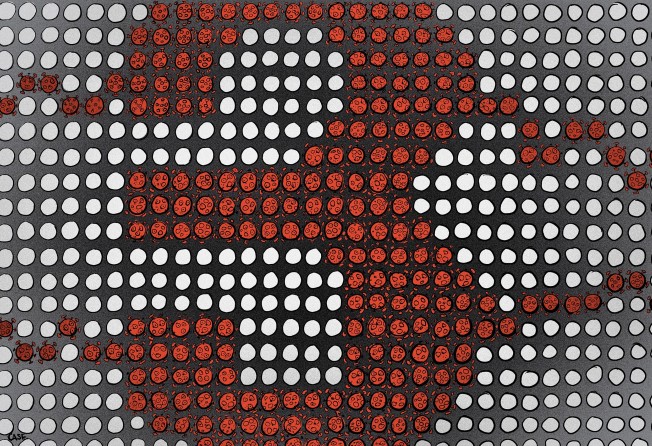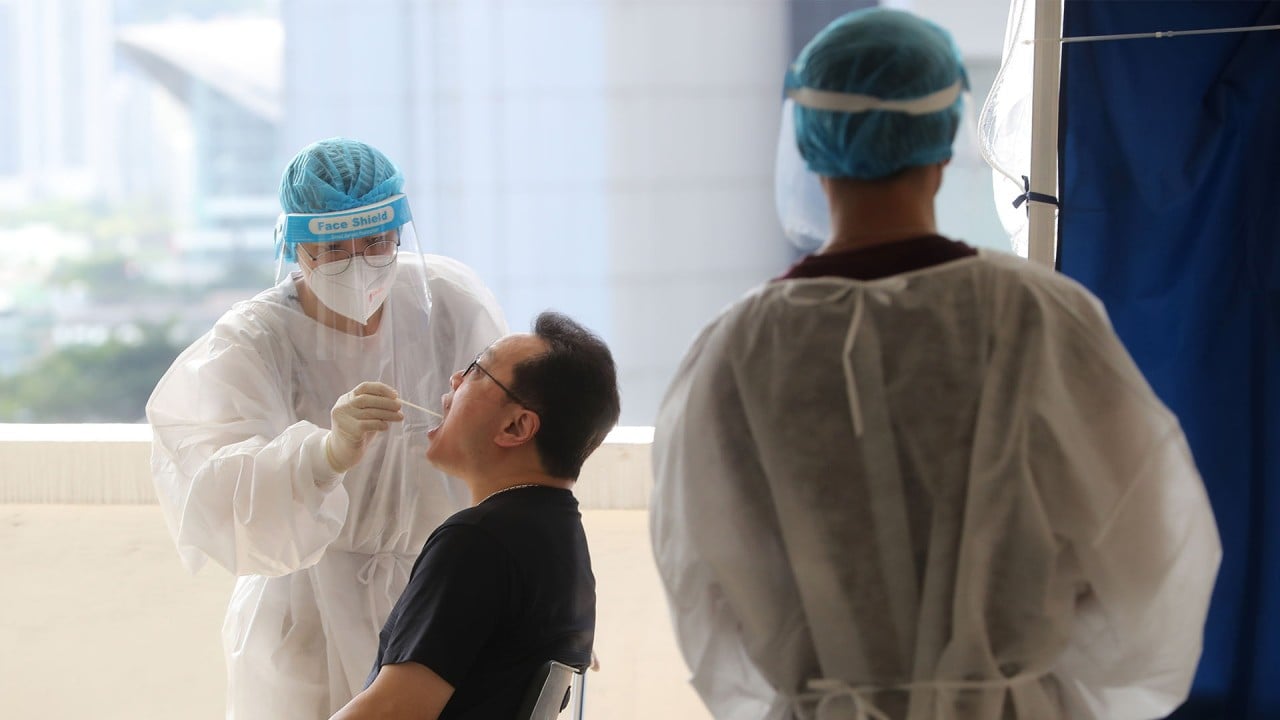What Hong Kong can do to avoid a total lockdown and a fourth wave of Covid-19 cases
- Mathematical modelling suggests Hong Kong is at a critical point in the fight against Covid-19. The city needs more intensive care beds. To help the contact tracing process, people could go out less and keep a note of where they have been

Until the end of June, Hong Kong was exceptionally successful in controlling the outbreak of Covid-19. But the sudden burst of new cases during July, taking the total from about 1,200 to more than 3,000, is very worrying.
In such a rapidly evolving situation, decisions about how to respond must be made very quickly, without the luxury of time to try out different strategies and see what works or what doesn’t. How, then, can we make sensible decisions about the introduction of new social restrictions or other public health interventions? We can learn from the successes and failures of policies elsewhere, but it is difficult to know whether particular measures will be as effective in Hong Kong.
In these circumstances, mathematical modelling of the pattern of disease transmission can be helpful in making predictions and decisions about the actions to take. This area of science is widely used, especially in the United States and Europe, to guide and monitor public health policy.
The Infectious Disease Modelling Group at City University has made a comprehensive computer model of the outbreak in Hong Kong, from which we can draw some conclusions about the third wave of infections, and make some predictions and recommendations about how to deal with it.
The pattern of the new cases suggests that the onset of the third wave was linked to infected individuals entering the city who were exempt from compulsory quarantine, and exacerbated by the relaxation of social distancing measures after June 19.
Many transmission clusters have been observed in the past few weeks, including groups of people living in the same housing estates or eating at the same restaurants. Identifying the source of infection for each new case, and then tracing everyone else who might have been exposed to that source, can be a very effective way of containing an outbreak.
But, unfortunately, the source of infection is not being identified in about half of the new cases at the moment. This difficulty in tracking and tracing is certainly contributing to the increasing daily numbers.
Following its “suppress and lift” strategy, the government introduced stricter social distancing measures on July 11 and tightened them further on July 15. However, this has not yet suppressed the outbreak. We still cannot be certain we have reached the peak of the third wave.
Our computer simulation suggests that we are now at a critical point. Although the measures introduced so far have limited the rate of growth of the third wave, they have not flattened the curve. If the growth in numbers does not slow in the next few days, there is a danger of an exponential increase, with the number of new cases doubling every few days.
The computer model suggests that two factors are particularly important in the current situation:

05:38
What started Hong Kong's third Covid-19 wave?
First, our health care system is under great pressure. There is now a shortage of intensive care beds in negative-pressure wards, which has delayed the isolation of cases. And there are also delays in the confirmation of test results, not only for suspected new cases who have symptoms of Covid-19, but also for those contacts who have been traced.
Testing of contacts is vitally important, especially since it is now clear that many infected people, who can spread the virus to others, do not develop obvious symptoms.
Even if all the contacts of a primary case are traced and tested, they are not isolated in hospital until the test results confirm that they have Covid-19. So, a day between testing and confirmation is a day of possible transmission to others, and also a day’s delay in the task of tracing the next group of contacts.
Second, the contact tracing system is not keeping up with the large number of daily cases. Staff working on contact tracing are unable to identify all the recent contacts of every infected person. The huge task of contact tracing is even more challenging if cases occur among people such as taxi drivers whose jobs inevitably bring them into contact with many other people, who cannot easily be identified. It is also very difficult tracing people who travel extensively around the city, eating at different restaurants, and so on.
On the basis of modelling the effects of different interventions, we can suggest some long-term and short-term measures.
More intensive care beds are needed. There is also an urgent need to increase staff and facilities for Covid-19 testing, so that everyone entering Hong Kong can be tested, especially those who are not quarantined. And more trained staff are needed for contact tracing.
In the longer run, an effective app to help track and trace contacts would be very valuable. Such measures might help to protect Hong Kong against a fourth wave.
Until technology can help to identify contacts, tracing will depend largely on the memories of infected patients. Small changes in our behaviour might help. Deliberately limiting our movement around the city; trying to spend time only in a few, easily-remembered locations; keeping a note of where we have been; ordering food from (or eating at) just one or two restaurants and always using the same delivery company. All these little things would help.
Limiting contact between people is the simplest way to reduce transmission, and the computer model predicts that social contact must be further reduced by about 50 per cent to flatten the curve. Will the stricter social distancing rules introduced this week be enough? Limiting public meetings to two people and requiring masks to be worn in all public places will help.
But banning meals in restaurants, although a great inconvenience to many people, would have been the most effective measure. Sitting with others at a table, without masks, clearly increases the risk of transmission. We are concerned to learn that the ban on meals in restaurants has been lifted.
It is not surprising that restriction fatigue is growing. But if the daily numbers continue to increase, the only immediate alternative is a comprehensive lockdown, with everyone except essential workers confined to their homes.
This has been resorted to in many countries, especially in Europe, in response to explosive outbreaks, but the economic and social consequences have been severe. It would be better to avoid a total lockdown if possible. Computer modelling can help us to find alternatives.
Dr Sean Hsiang-Yu Yuan is an assistant professor in the Department of Biomedical Sciences, City University of Hong Kong, leading the Infectious Disease Modelling Group
Sir Colin Blakemore joined the new Department of Neuroscience at CityU last year from the universities of Oxford and London